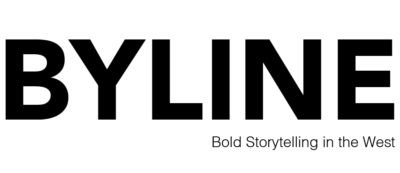The Extra Mile
The food bank network sets tables in rural Montana

Story by Caleb Brinton
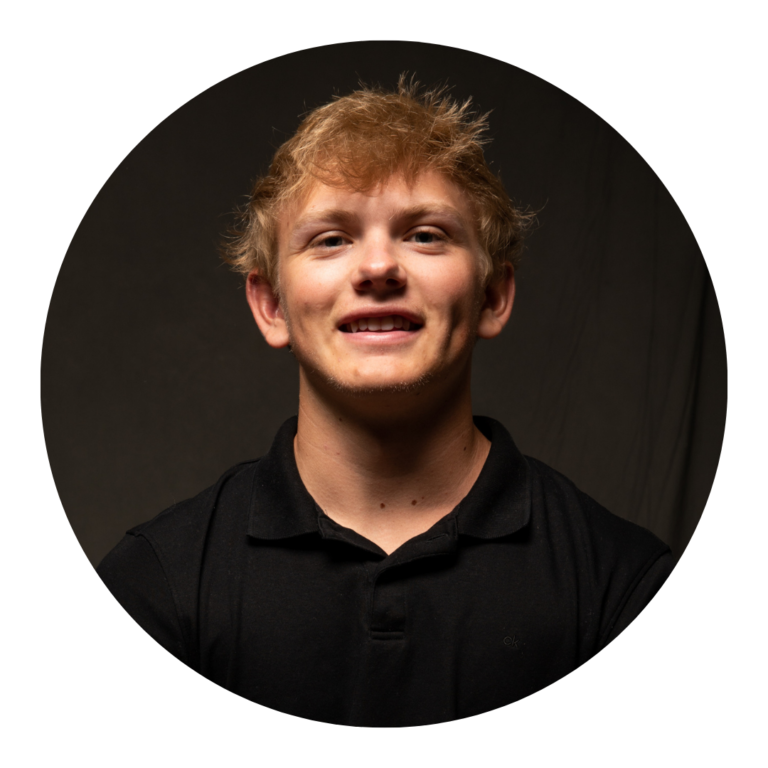
Photos by Joseph Evans
On a chilly Tuesday morning, a black BMW pulls up to the Missoula Food Bank and a well-dressed woman in her mid-30s steps out. She enters the food bank and a few moments later she returns to her car with a box filled with canned soup, boxed pasta, bread and other items. Over the course of the next hour, more cars pull in. Some look like they just came off the showroom floor. Others are dirty and well-traveled, packed to the brim with the owner’s belongings.
The Missoula Food Bank is one of 346 programs across Montana that addresses food insecurity, an issue that reaches a wide range of people across the state. It works with the Montana Food Bank Network (MFBN), an organization established in 1983 that distributes food across the state. According to a report by MFBN, one in 10 Montanans are food insecure, including one in every six children.
But the COVID-19 pandemic, which has led to closures and supply shortages, compounds the issue. In rural areas, residents can live between 50 and 100 miles from a supermarket. In these food deserts, gas stations have become the most reliable source of food, and in a pandemic, even these sources have faced threats.
With the pandemic taking its toll on food insecure Montanans, MFBN has increased its output and education across all 56 counties. It has increased distribution by 40% statewide through partnerships with local businesses and major corporations.
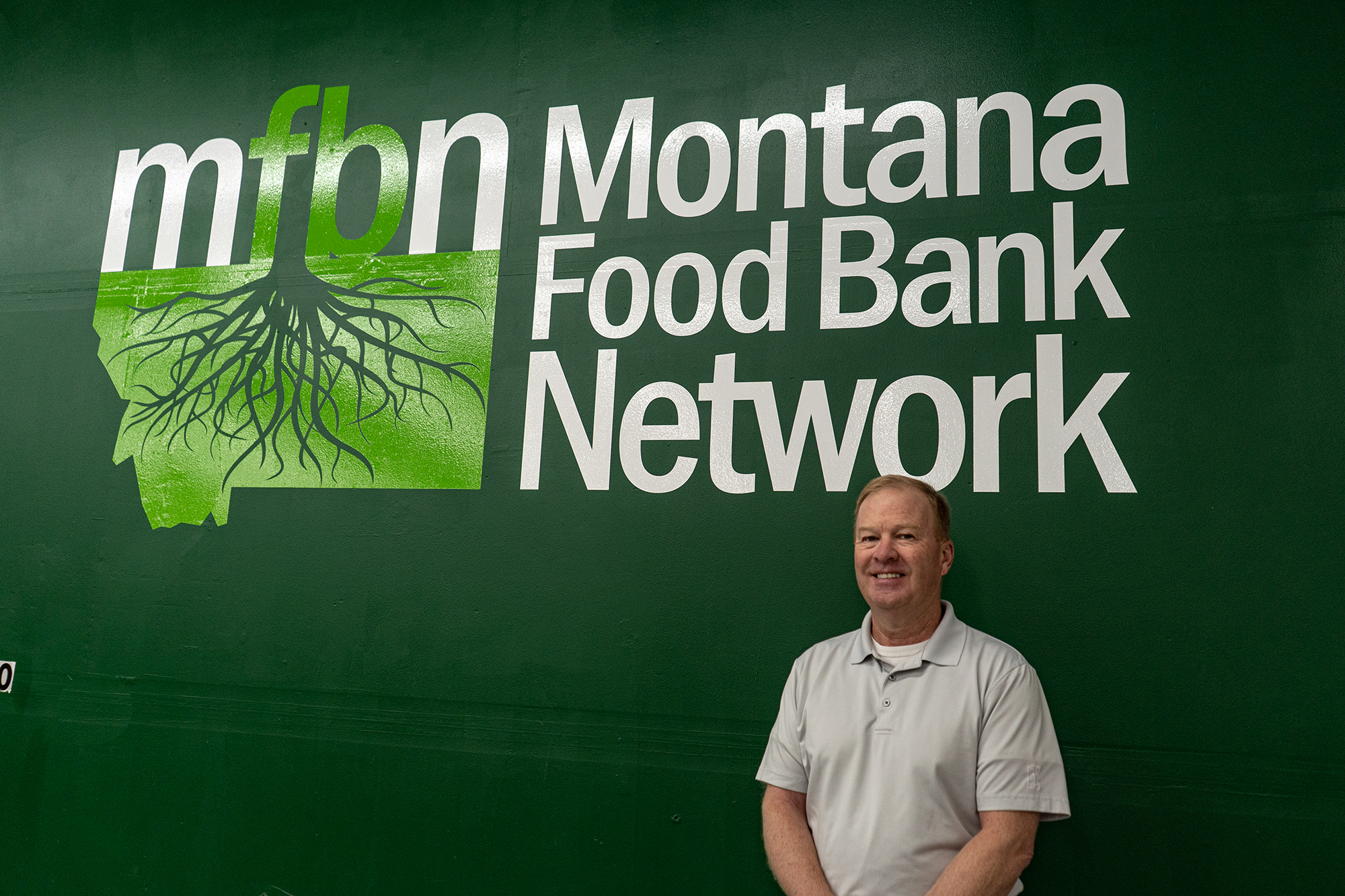
“In 2019, we had distributed over 16 million pounds of food,” said Bill Mathews, chief development officer for the MFBN. “In 2020, we routed just shy of 24 million pounds of food. That’s distribution to food banks, food pantries, senior centers, shelters and in schools.”
It’s not an easy feat — in cities where there are distribution centers and services, food can get into the hands of people much easier, but food deserts in rural parts of the state require more creative approaches.
One example of a new approach is an MFBN program that mails boxes of food directly to houses in isolated areas. This program has an abbreviated application that does not require proof of need. Those who apply can receive a box of shelf-stable food every six weeks. It’s a pre-emptive effort, rather than a reactive one, allowing the MFBN to get out in front of food insecurity problems.
The school backpack program is another MFBN effort to combat food insecurity of children. According to Stephanie Staley, MFBN chief programs officer, the program started when a school nurse noticed students were coming to school hungry and unable to focus. Though many students were receiving free breakfast, lunch and afternoon snacks at school, many were going home to nothing.
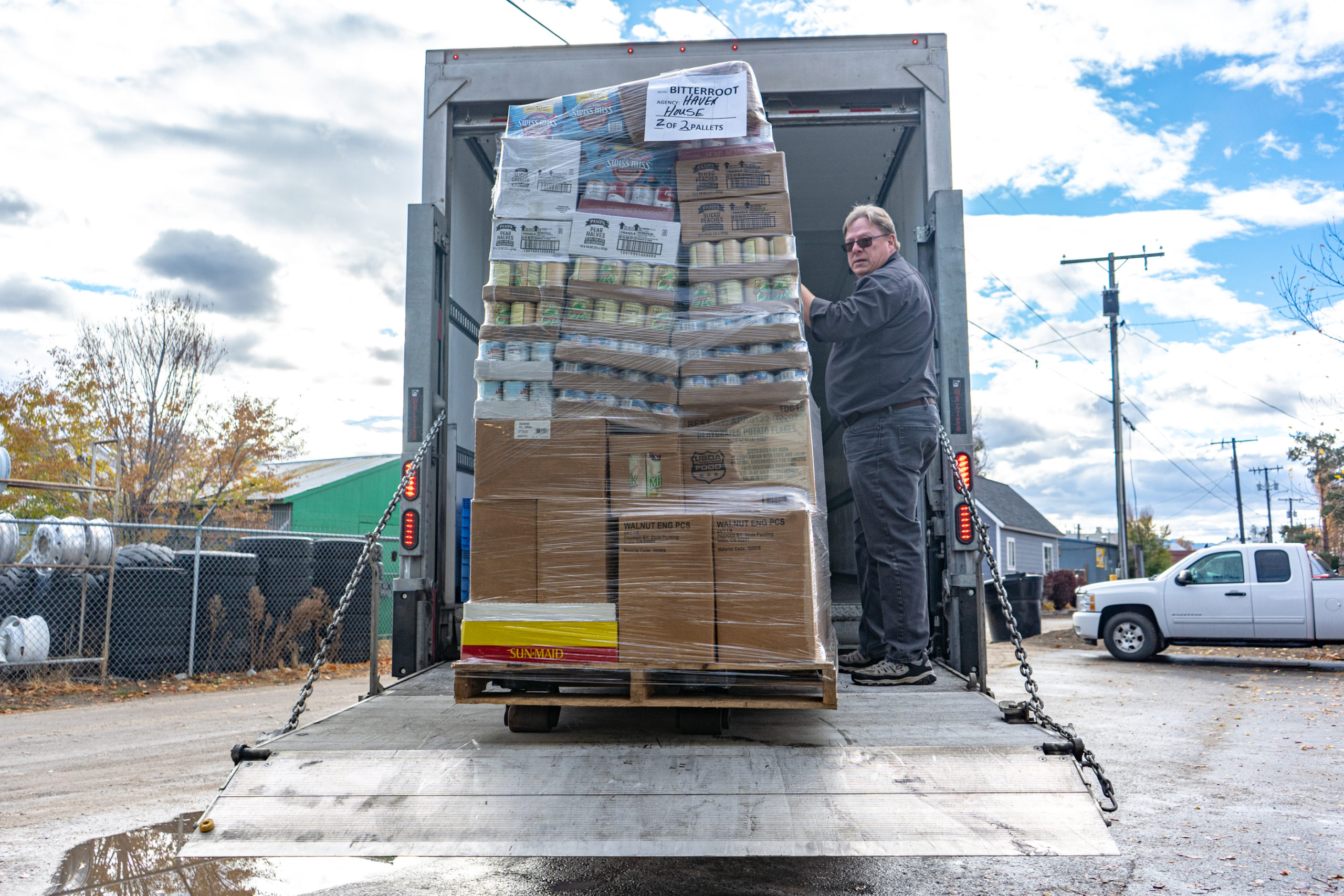
With the program, food is put into student backpacks for the night and often over the weekend. Food becomes one less thing to worry about in an environment that can be challenging and stressful in other ways. Since the program’s inception in 2019, 161 Montana schools have adopted it.
“Each backpack bag contains two breakfasts, two lunches, two entrees and two snacks as well as shelf-stable milk for kids so that they have breakfast, lunch and meals on Saturdays and Sundays,” Staley said.
MFBN’s main challenge has been getting food donations and money to make these meals. The organization’s solution was to partner with major food brands such as Campbell and Kellogg, as well as the University of Montana Entertainment Management program in the College of Business that provided marketing for the campaign.
Another challenge for MFBN is one everyone is facing: Ongoing fluctuations in product availability and distribution. Because of the pandemic, there have been delays in the supply chain.
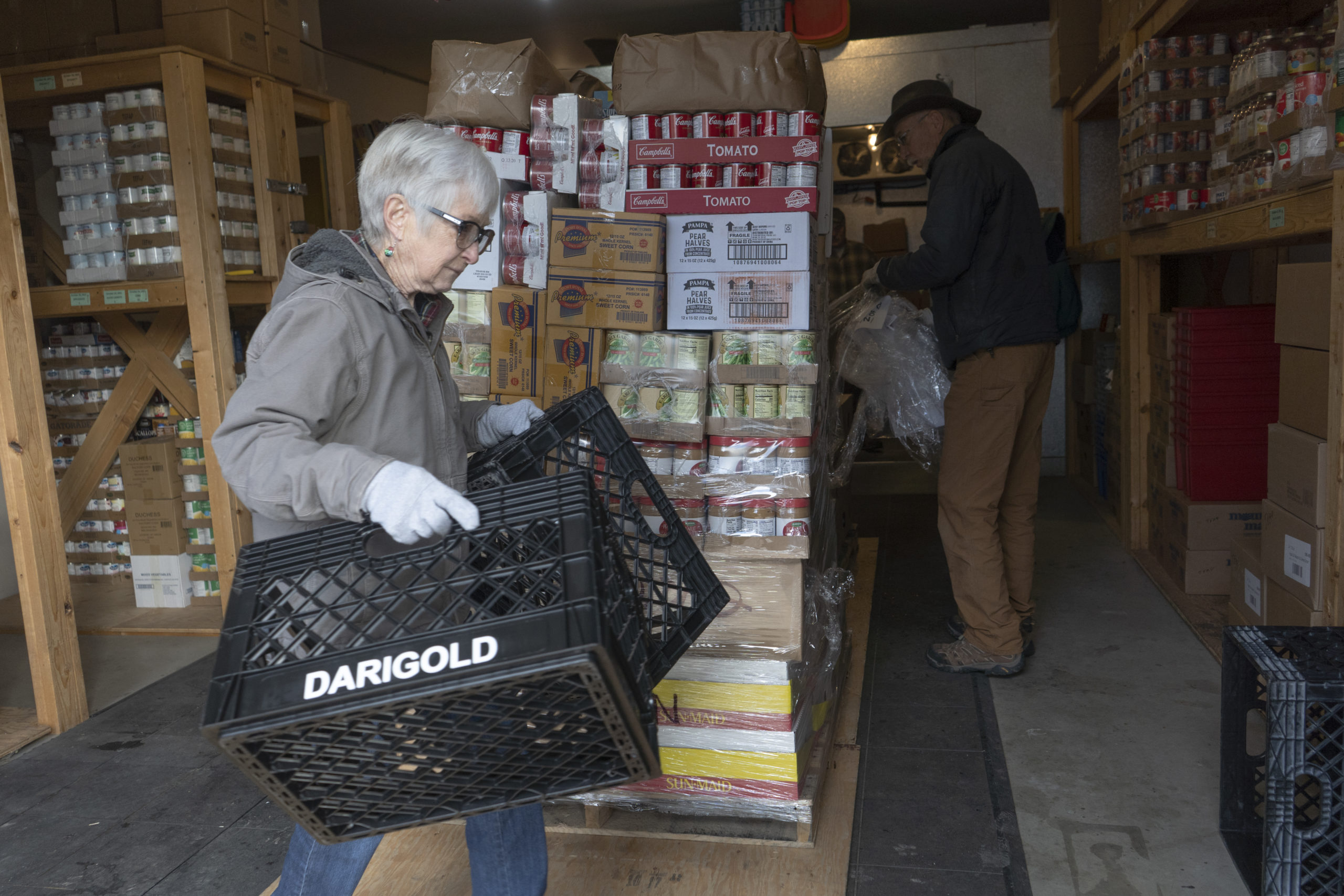
“It’s kind of to a point where we never know when we place an order for backpack food or a truckload of canned chili, if we’re going to get it next week — or if it’s going to be three, four months from now,” Staley said.
MFBN isn’t focused only on healing Montana’s food system — the organization also works on a national level in partnership with Feeding America, a nationwide hunger-fighting organization.
“Montana Food Bank Network works at the state level and a national level in Washington, D.C., to work on moving hunger issues forward and making it so there’s more opportunities for people to acquire food,” Mathews said. “Whether it’s through us or a local food bank or food pantry in their area.”
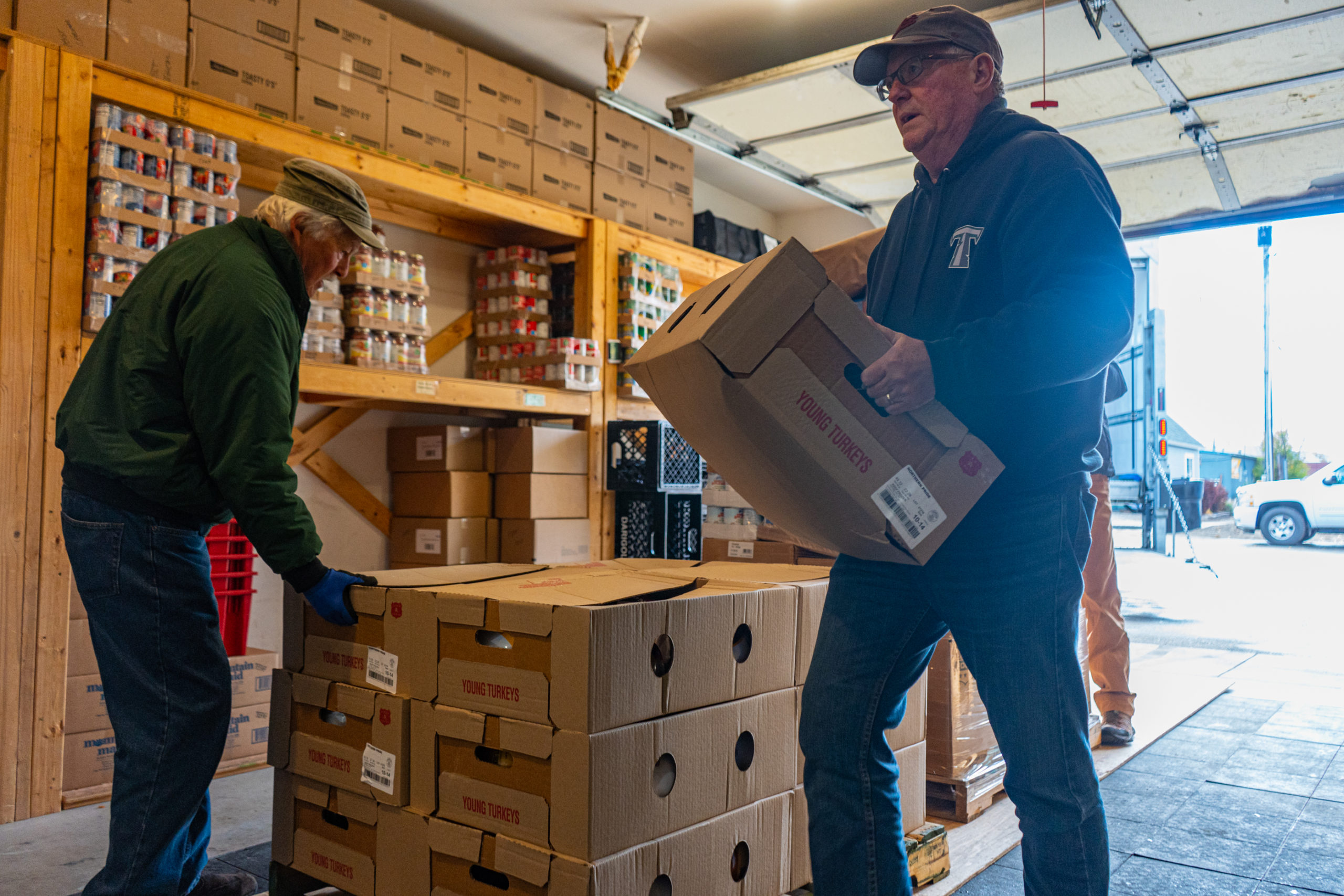

Facebook
Twitter
Instagram

Copyright © [hfe_current_year] Byline Magazine
